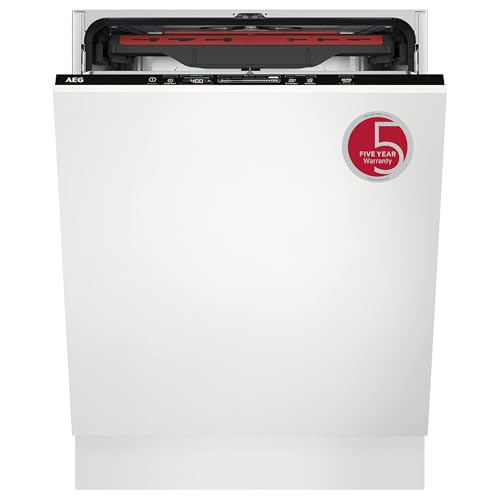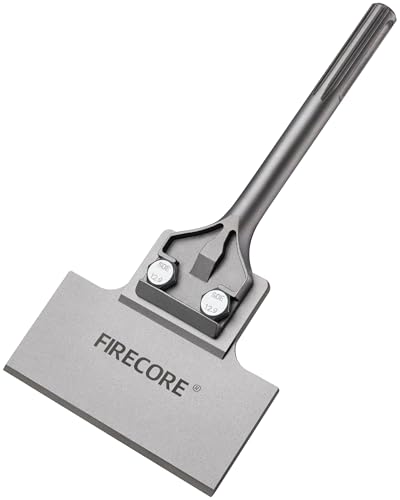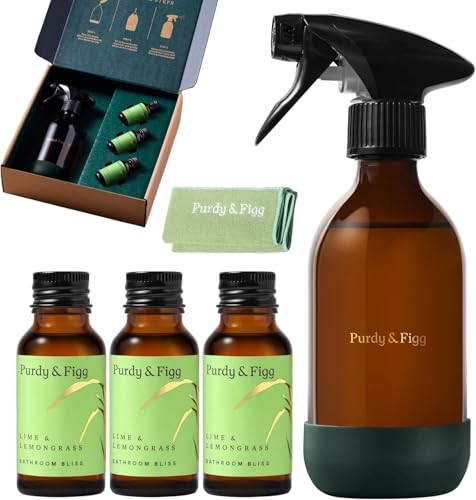
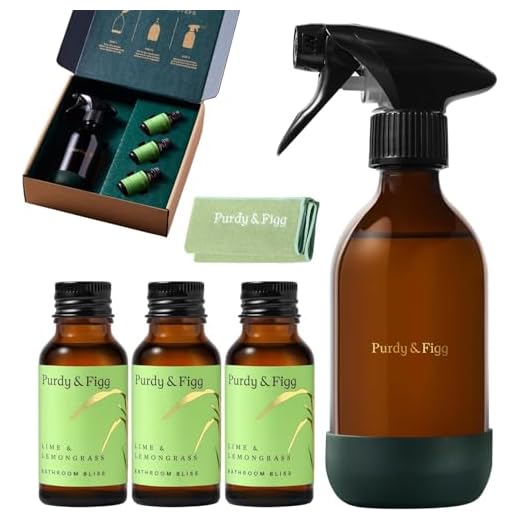



Keeping a clean and hygienic toilet is essential for maintaining a healthy and pleasant living environment. But how often should you clean your toilet? The answer may vary depending on several factors, including the number of people using the toilet and the level of cleanliness you desire. To help you navigate through this issue, we’ve consulted with cleaning experts to provide you with expert advice and tips on how often you should clean your toilet.
According to the experts, a general rule of thumb is to clean your toilet at least once a week. This routine cleaning will help prevent the buildup of germs, bacteria, and odors. However, if you have a larger household or if your toilet sees heavy usage, it may be necessary to clean it more frequently. In such cases, experts recommend cleaning your toilet every 3-4 days to ensure optimal hygiene.
It’s important to note that regular cleaning doesn’t have to be a time-consuming and arduous task. By following a few simple tips, you can maintain a clean and fresh toilet with minimal effort. One such tip is to use a toilet brush and a mild cleaning solution to scrub the inside of the bowl and remove any stains or residue. Additionally, experts suggest using disinfecting wipes to clean the exterior surfaces, such as the handle and the seat, on a daily basis.
Expert Tip: To make your cleaning routine even more effective, consider using a toilet cleaner that contains bleach or other disinfectants. These products can help kill germs and bacteria, leaving your toilet sparkling clean.
Lastly, don’t forget about the importance of regular deep cleaning. While routine maintenance can keep your toilet clean on a surface level, a deep clean is necessary to tackle hidden dirt and stains. Experts recommend deep cleaning your toilet at least once a month, focusing on hard-to-reach areas like under the rim and around the base. By incorporating this deep cleaning into your regular routine, you can ensure that your toilet remains in top-notch condition.
In conclusion, the frequency at which you should clean your toilet depends on various factors, such as the number of users and your desired level of cleanliness. However, it’s generally recommended to clean your toilet at least once a week, and possibly more frequently if needed. By following expert advice and implementing a regular cleaning routine, you can maintain a hygienic and pleasant toilet experience for yourself and your household.
Importance of Toilet Cleaning: Benefits and Tips
Bacteria and Germ Control
Toilet cleaning is crucial for controlling the spread of bacteria and germs. The toilet bowl and seat can become breeding grounds for harmful microorganisms, such as E. coli and Salmonella. Regular cleaning helps eliminate these germs, reducing the risk of infections and diseases.
Elimination of Odors
A clean toilet helps eliminate unpleasant odors. Over time, bacteria and organic matter can accumulate in the toilet, leading to foul smells. Regular cleaning, including disinfecting and sanitizing the toilet bowl, can remove these sources of odor and keep your bathroom smelling fresh.
Prevention of Stains and Buildup

Regular cleaning helps prevent stains and buildup in your toilet. Hard water and mineral deposits can leave unsightly stains on the bowl, while urine residue and other substances can cause stubborn buildup. Cleaning with appropriate products and tools can maintain the appearance of your toilet and prevent these issues.
Improved Overall Hygiene
Cleaning your toilet regularly contributes to better overall hygiene in your bathroom. When the toilet is clean and free of germs, you reduce the chances of cross-contamination to other surfaces in the bathroom. This promotes a healthier and safer environment for you and your family.
Tips for Effective Toilet Cleaning
Here are some tips to ensure effective toilet cleaning:
- Use appropriate cleaning products, such as toilet bowl cleaners and disinfectants.
- Follow the instructions on cleaning products for the best results.
- Wear gloves and protective clothing to prevent contact with germs and chemicals.
- Use a toilet brush to scrub the bowl, paying attention to the under-rim area.
- Don’t forget to clean the seat, lid, and handle of the toilet.
- Regularly replace toilet brushes and avoid cross-contamination by keeping separate brushes for different toilets.
- Consider using automatic toilet bowl cleaners or tablets to maintain cleanliness between regular cleanings.
By following these tips and maintaining a regular toilet cleaning routine, you can enjoy the benefits of a clean and hygienic bathroom environment.
Regular Cleaning Routine
To keep your toilet clean and free of bacteria, it is important to establish a regular cleaning routine. Here are some guidelines to follow:
1. Daily Cleaning
Every day, give your toilet a quick wipe down using a disinfecting wipe or a cloth dampened with a mixture of water and antiseptic cleaner. Pay attention to the seat, lid, and handle, as these are the most frequently touched areas.
2. Weekly Cleaning
Once a week, dedicate some time to a more thorough cleaning of your toilet. Start by removing any visible dirt or stains using a toilet brush. Then, apply a toilet bowl cleaner to the inside of the bowl, making sure to reach under the rim. Allow the cleaner to sit for a few minutes before scrubbing the bowl with the toilet brush. Finally, flush the toilet to rinse away the cleaner.
3. Monthly Cleaning
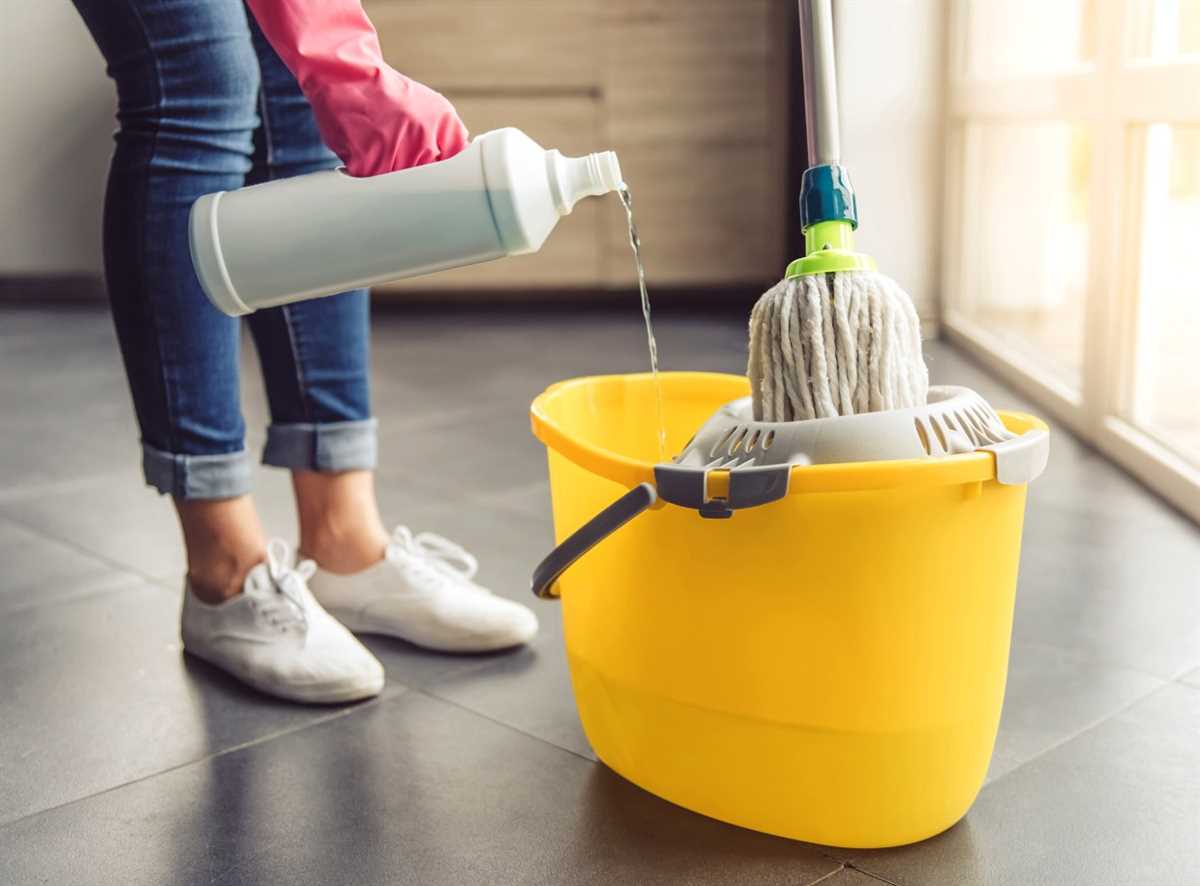
Once a month, it’s a good idea to perform a deeper clean of your toilet. Take the time to remove any mineral deposits or hard water stains that may have accumulated inside the bowl or around the rim. You can use a mixture of vinegar and baking soda to remove these stubborn stains. Apply the mixture, let it sit for a few minutes, then scrub and flush as usual.
4. Preventive Measures
In addition to regular cleaning, there are a few preventive measures you can take to keep your toilet cleaner for longer. Consider using a toilet bowl cleaner that has a protective coating to repel stains and keep your toilet looking fresh. You can also use toilet tablets or drops that release cleaning agents each time you flush, helping to reduce the buildup of bacteria and limescale.
5. Additional Tips
– Always wear gloves while cleaning your toilet to protect your hands from bacteria and harsh cleaning chemicals.
– Be cautious when mixing cleaning chemicals, as some combinations can produce toxic fumes.
– Make sure to clean the toilet brush after each use and replace it regularly to prevent the spread of bacteria.
By following a regular cleaning routine, you can ensure that your toilet stays clean and inviting, providing a hygienic environment for you and your family.
Expert Recommendations for Toilet Cleaning Frequency
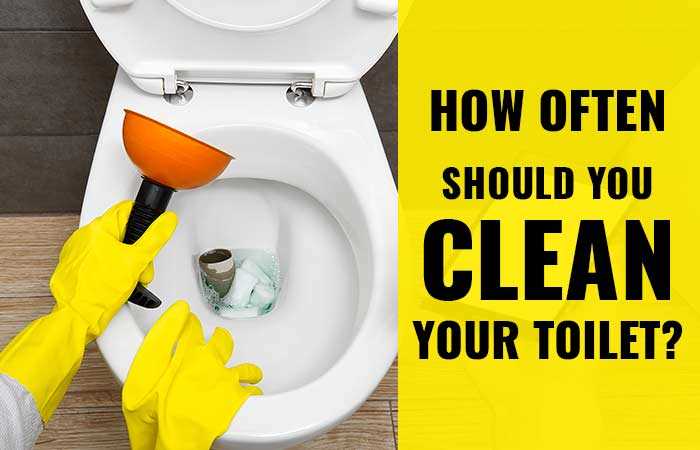
Keeping your toilet clean is an essential part of maintaining a hygienic and healthy home. The frequency at which you should clean your toilet depends on various factors, including the number of people using it, the level of usage, and personal preferences. Here are some expert recommendations for toilet cleaning frequency:
Once a Day
- If you have a large household with multiple people using the toilet frequently, it is generally recommended to clean it at least once a day. This will help prevent the buildup of bacteria and keep the toilet smelling fresh.
- Make it a habit to quickly wipe down the toilet seat, lid, and exterior using a disinfecting wipe or a cleaning spray and a cloth. This will help remove any surface dirt or germs.
- Consider using a toilet bowl cleaner that you can apply and leave overnight, which will help in deep cleaning and removing any stubborn stains or odors.
Once a Week
- If you have a smaller household or if the toilet is not used as frequently, you can typically get away with cleaning it once a week.
- During your weekly cleaning, focus on scrubbing the toilet bowl using a toilet brush and a cleaning solution specifically designed for toilets. This will help remove any stains and bacteria that might have accumulated over the week.
- Don’t forget to also clean under the rim of the toilet bowl, as this is a common area for bacteria and mineral deposits to build up.
Regular Maintenance
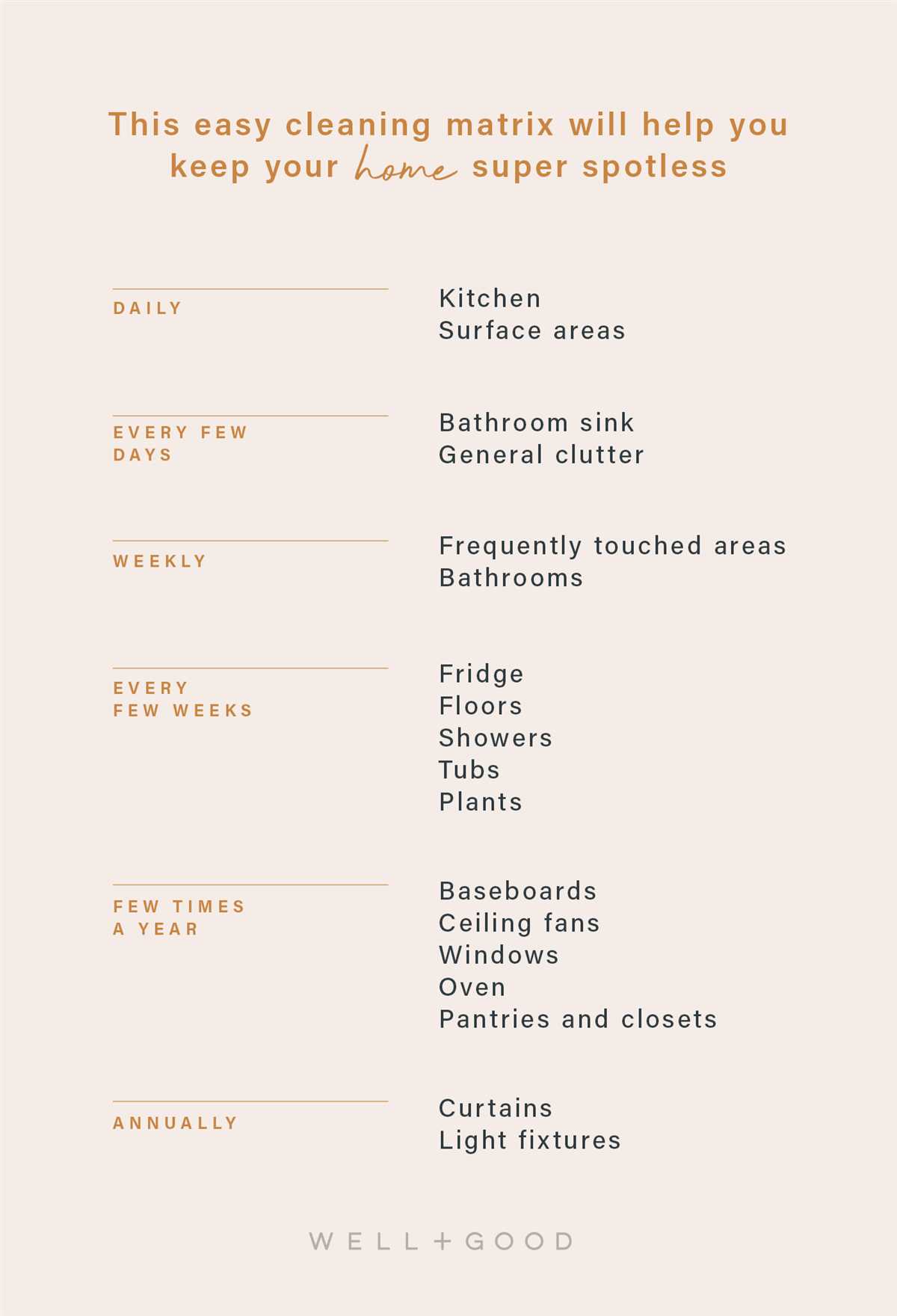
- In addition to regular cleaning, it is important to keep up with regular maintenance to prevent any long-term issues with your toilet.
- Consider using a toilet tank cleaner or adding a toilet tank cleaner tablet to help keep the tank clean and prevent the buildup of mineral deposits and bacteria.
- Regularly check for any leaks or signs of damage, and address them promptly to avoid any further problems.
By following these expert recommendations for toilet cleaning frequency, you can ensure that your toilet remains clean, hygienic, and odor-free.
Signs that Indicate Your Toilet Needs Cleaning
Keeping your toilet clean is essential for maintaining a hygienic and pleasant bathroom environment. While regular cleaning is recommended, there are certain signs that indicate your toilet needs immediate attention. Here are some of the signs you should look out for:
1. Foul Odor
If you notice a strong and unpleasant smell coming from your toilet, it is a clear indication that it needs cleaning. The presence of bacteria and other organic matter can cause the foul odor, and regular cleaning can help eliminate such issues.
2. Stains and Discoloration
Stains and discoloration in your toilet bowl are not only unsightly but also indicate a buildup of dirt, minerals, and bacteria. Regular cleaning with appropriate products can help remove these stains and maintain a clean toilet bowl.
3. Visible Grime and Debris
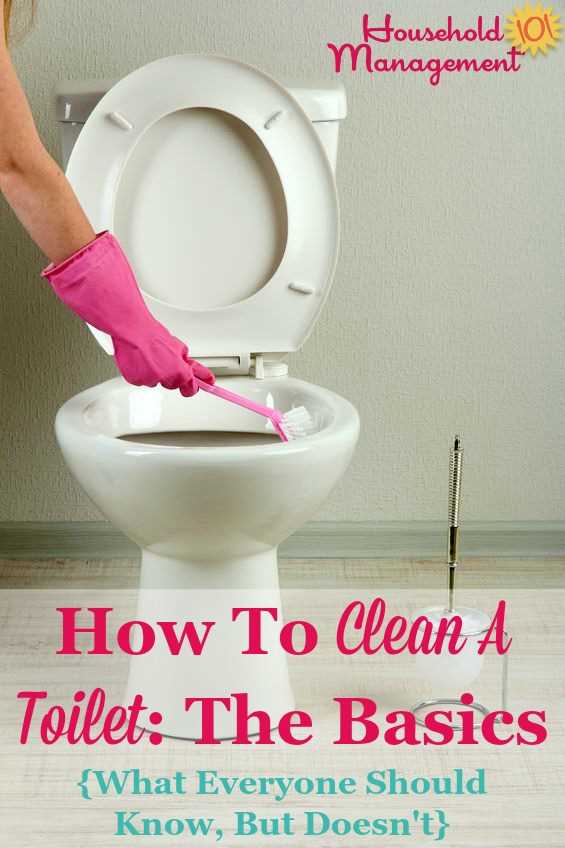
If you can see visible grime and debris on the surface of your toilet, it is a sign that it needs cleaning. Neglecting to clean these areas can lead to the accumulation of bacteria and germs, which can pose health risks to you and your family.
4. Water Rings and Lime Scale
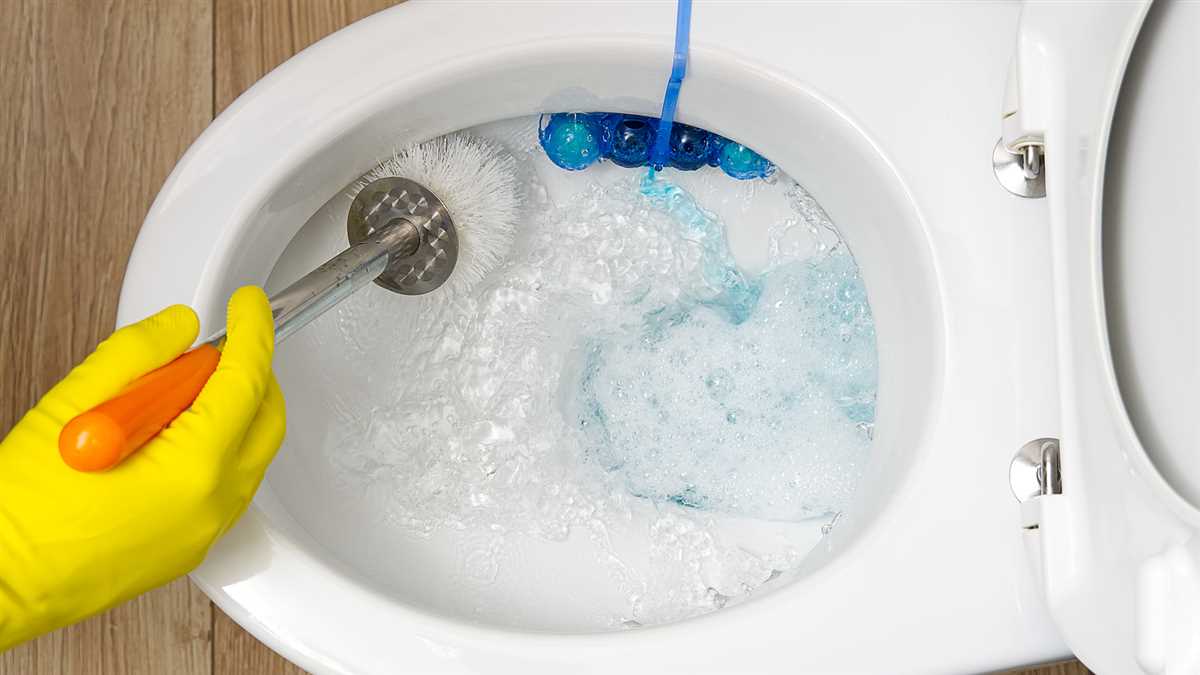
Water rings and lime scale are common problems in toilets that need cleaning. These deposits can build up over time, causing an unsightly appearance and potentially affecting the functionality of your toilet. Regular cleaning with lime scale removers can help prevent this issue.
5. Slow Draining Water
If you notice that the water is draining slowly from your toilet bowl, it could be a sign of a clog caused by a buildup of waste and debris. Regular cleaning can help prevent these clogs and ensure proper functioning of your toilet.
6. Increased Risk of Infections
A dirty toilet can harbor harmful bacteria and germs, increasing the risk of infections and diseases. Regular cleaning and disinfecting can help eliminate these pathogens and keep you and your family safe.
7. Mold and Mildew Growth

Mold and mildew thrive in damp environments, and a neglected toilet can provide the perfect breeding ground. If you notice any mold or mildew growth in your toilet, it is crucial to clean it thoroughly to prevent further spread.
8. Unpleasant Toilet Seat
A dirty toilet seat can be uncomfortable and unhygienic. Regular cleaning and wiping can help maintain a clean and inviting toilet seat for a more comfortable bathroom experience.
By paying attention to these signs, you can ensure that your toilet is clean and free of bacteria and other unwanted substances. Regular cleaning and maintenance will not only keep your toilet looking fresh but also contribute to a healthier and more pleasant bathroom environment.
Effective Tools and Products for Toilet Cleaning
Toilet Brush and Holder
A toilet brush is an essential tool for cleaning your toilet effectively. Look for a brush with tough bristles that can easily scrub away dirt and grime. Make sure the brush has a long handle so that you can reach all areas of the toilet bowl without getting your hands dirty. Additionally, consider getting a toilet brush holder to store the brush hygienically and avoid dripping water on the bathroom floor.
Toilet Cleaner

Using a good quality toilet cleaner is crucial for keeping your toilet clean and sanitized. Look for a cleaner that is specifically designed for toilets and has powerful disinfecting properties. It should effectively remove stains, eliminate odors, and kill bacteria and germs. Read the instructions carefully and follow the recommended usage for the best results.
Gloves
To protect your hands from bacteria, chemicals, and unpleasant odors, it is important to wear gloves during toilet cleaning. Choose gloves that are durable, waterproof, and resistant to chemicals. Rubber or latex gloves are commonly used for this purpose. Remember to wash and dry your gloves properly after each use to prevent the spread of bacteria.
All-Purpose Cleaner
In addition to a toilet cleaner, having an all-purpose cleaner can be helpful for cleaning other parts of your bathroom, such as the toilet seat, lid, and exterior surfaces. Look for a cleaner that is safe to use on different surfaces and effectively removes dirt, grime, and stains. Follow the instructions on the product label and test it on a small, inconspicuous area first to ensure compatibility.
Microfiber Cloths
Microfiber cloths are excellent for cleaning various surfaces in your bathroom, including your toilet. They are highly absorbent, lint-free, and can trap dirt, dust, and bacteria effectively. Use a microfiber cloth dampened with water or an appropriate cleaning solution to wipe down the toilet seat, lid, tank, and other surfaces. Wash and dry the cloths after each use to maintain their cleanliness and effectiveness.
Disinfecting Wipes
To quickly disinfect and clean your toilet, consider using disinfecting wipes. These pre-moistened wipes are convenient and hassle-free, and they can effectively kill bacteria and germs. Simply wipe down the toilet surfaces with the disinfecting wipes and dispose of them afterward. However, keep in mind that disinfecting wipes should not be flushed down the toilet to avoid clogging.
Vinegar and Baking Soda
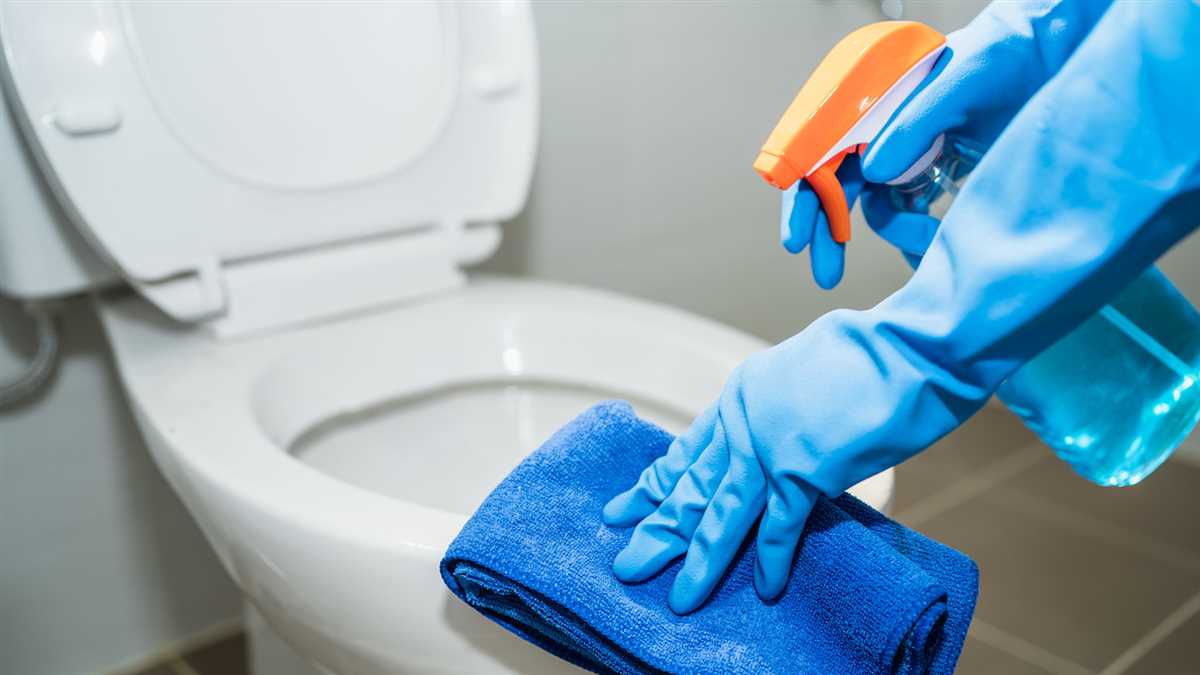
For a more natural and eco-friendly approach to toilet cleaning, vinegar and baking soda can be effective products. Vinegar can help remove limescale and stains, while baking soda can act as a mild abrasive. Combine vinegar and baking soda to create a foaming solution and apply it to the toilet bowl. Allow it to sit for a few minutes before scrubbing with a toilet brush. Rinse thoroughly with water afterward.
Toilet Bowl Cleaner Tabs
Toilet bowl cleaner tabs are convenient products that can help keep your toilet clean and fresh for an extended period. These tabs are placed in the toilet tank, and they gradually dissolve and release cleaning agents with each flush. They can help prevent the buildup of limescale, stains, and odors in the toilet bowl. Follow the manufacturer’s instructions for proper usage and replacement intervals.
Maintaining a Clean and Fresh Toilet
Regular Cleaning
To keep your toilet clean and fresh, it is recommended to clean it at least once a week. This will prevent the build-up of dirt, bacteria, and odors. Start by using a toilet brush and a toilet bowl cleaner to scrub the inside of the bowl, paying special attention to the rim and under the waterline.
After scrubbing, flush the toilet to rinse away the cleaner and dirt. Don’t forget to clean the seat and the outside of the toilet with a disinfectant. Wipe down surfaces with a cloth or sponge, and make sure to dry them thoroughly to prevent the growth of mold or mildew.
Deep Cleaning
In addition to regular cleaning, it is important to deep clean your toilet at least once a month. This will help remove any stubborn stains, mineral deposits, and bacteria that may be hiding in hard-to-reach areas. To deep clean your toilet, consider using a toilet cleaner specifically designed for deep cleaning.
Follow the instructions on the cleaner and allow it to sit for the recommended amount of time. Then, use a toilet brush or a scrub brush to scrub away any tough stains or mineral deposits. Rinse the toilet with water and flush it to remove any remaining cleaner.
Preventing Odors

To keep your toilet smelling fresh, there are a few simple tips you can follow. First, make sure to keep the toilet lid closed when it is not in use. This will help trap odors and prevent them from spreading throughout the bathroom.
Second, consider using a toilet bowl cleaner with a pleasant scent. This will not only keep the toilet clean but also leave a refreshing smell after each use.
Additional Tips
- Consider using a toilet bowl cleaner tablet that releases cleaner with each flush to maintain cleanliness throughout the week.
- Regularly check the water supply lines and other toilet components for any leaks or issues to ensure that your toilet stays clean and functioning properly.
- Keep a plunger near your toilet in case of clogs. If left untreated, clogs can lead to unpleasant odors and unsanitary conditions.
By following these tips and maintaining a regular cleaning routine, you can keep your toilet clean and fresh all year round.
FAQ
How often should I clean my toilet?
It is recommended to clean your toilet at least once a week. However, if you have a larger household or if it is heavily used, you may need to clean it more frequently.
What are the signs that my toilet needs cleaning?
If you notice any stains, odors, or buildup in your toilet bowl or if it starts to develop a ring, those are signs that your toilet needs cleaning.
How do I clean my toilet effectively?
To clean your toilet effectively, start by applying a toilet cleaner or a mixture of vinegar and baking soda to the inside of the bowl. Then, scrub the bowl with a toilet brush, paying special attention to any stains or buildup. Finally, flush the toilet to rinse away the cleaner.
Is it necessary to clean the toilet tank?
Yes, it is advisable to clean the toilet tank periodically. Buildup and deposits can accumulate in the tank, affecting the cleanliness of the water and potentially causing issues with the flushing mechanism.
How often should I clean the toilet seat?
It is recommended to clean the toilet seat at least once a week. However, if there are visible stains or if it is used by multiple people, it may need to be cleaned more frequently.
What should I use to clean the exterior of the toilet?
You can use a general-purpose cleaner or a mixture of water and mild detergent to clean the exterior of the toilet. Be sure to clean the handle, the base, and all other surfaces that may come into contact with hands or other objects.




